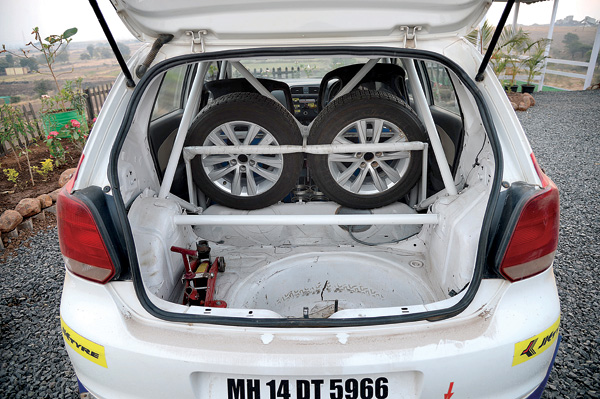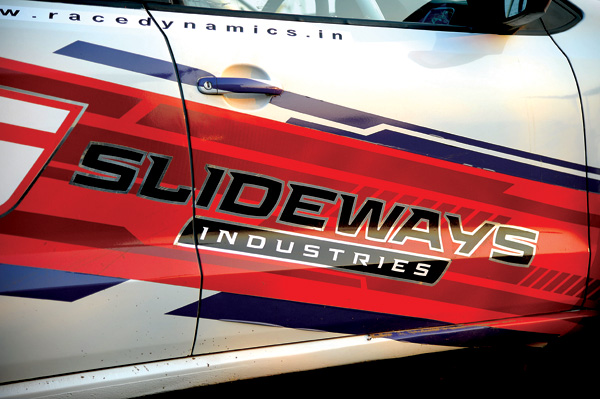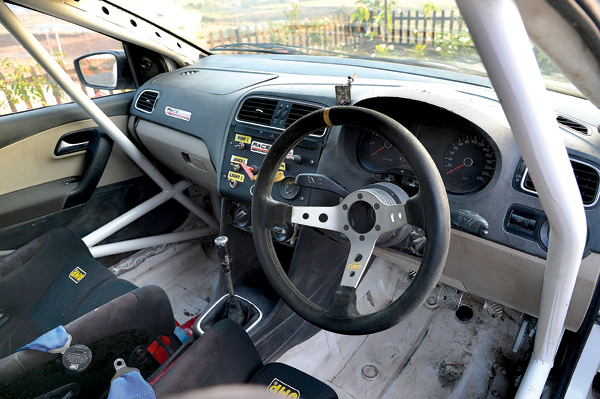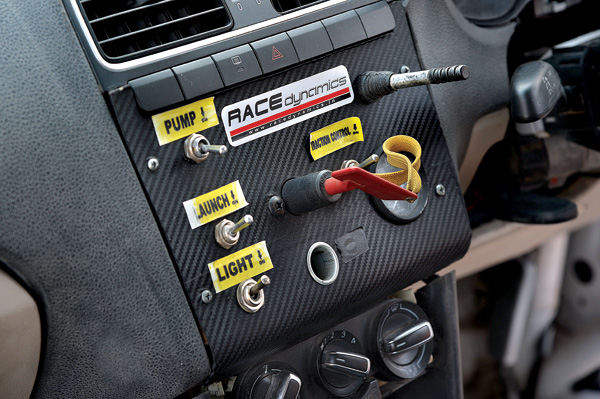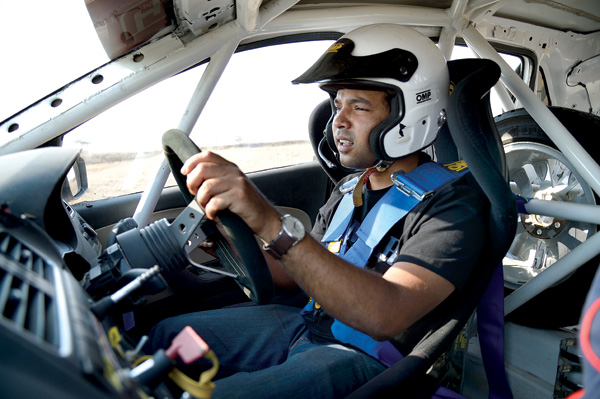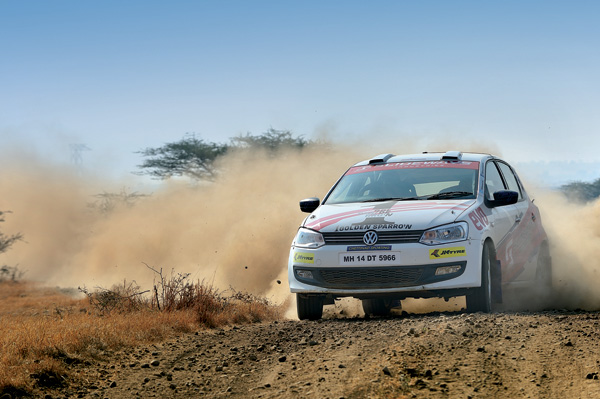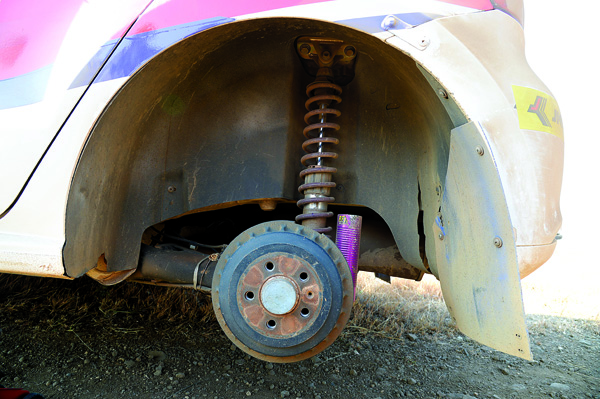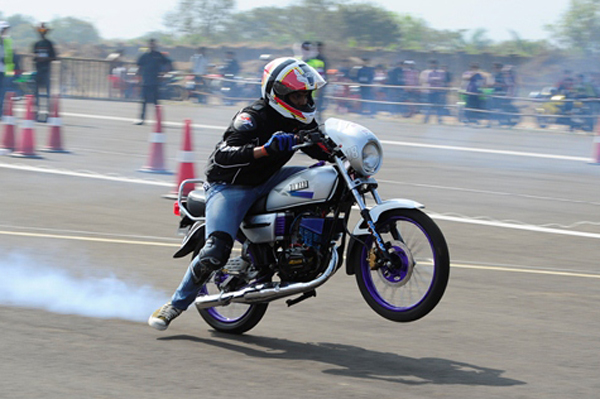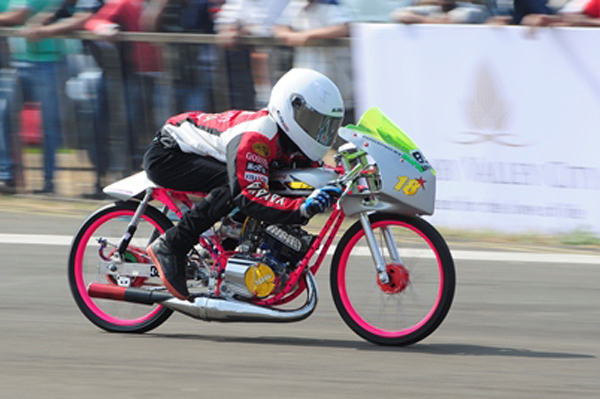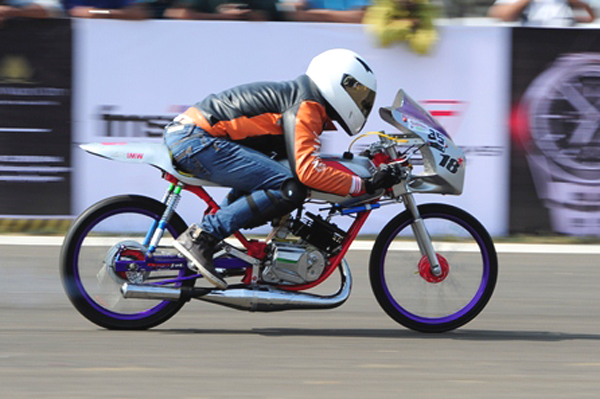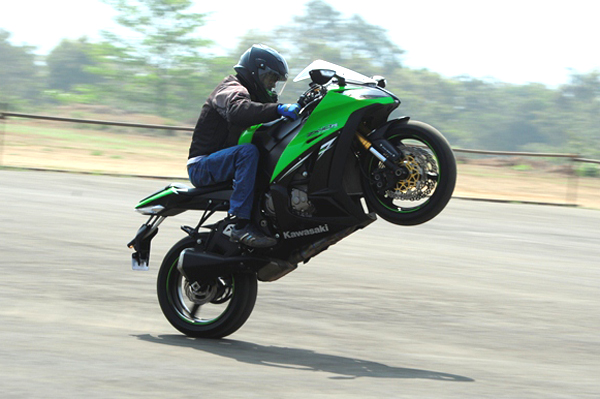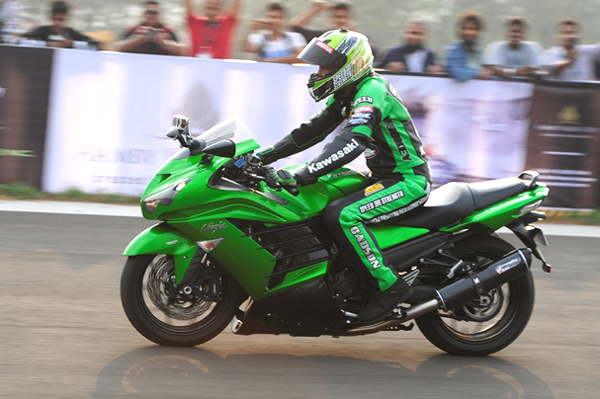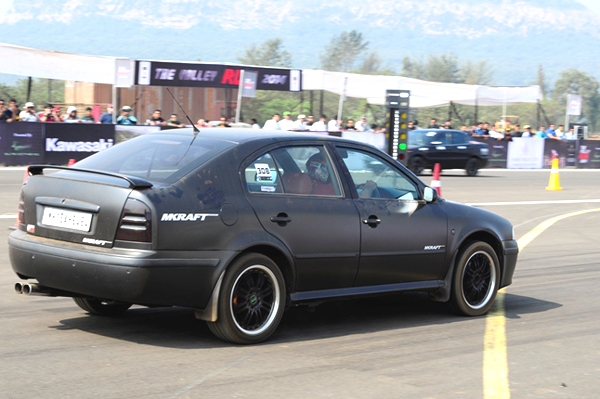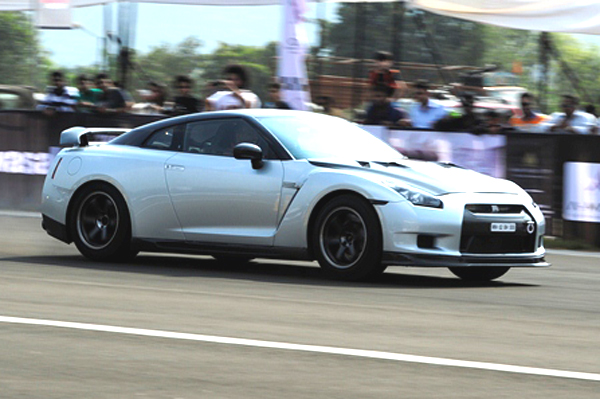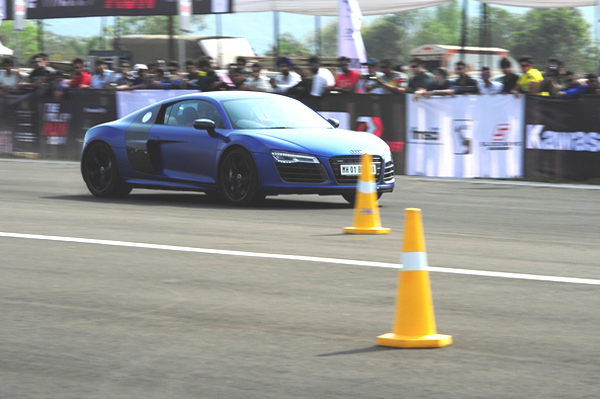Since its launch in 2009, the Tata Nano’s lack of a power steering has been its biggest weakness. Over the last five years, Tata Motors has continuously updated the car, fine tuning and improving almost every component. Now, the company has given the Nano its first major mechanical upgrade in the form of a power steering system and its befittingly called the Nano Twist.
A single glance is enough to tell you that the Nano doesn’t obey conventional design. It’s unusually tall, has the engine in the rear and is rear-wheel drive. This unique design is a result of the company’s prime focus on minimising manufacturing costs, while liberating maximum cabin space. So, even though it’s not orthodox, it is an utterly practical formula, especially now, with a power steering added to the equation.

At Rs 2.37 lakh (ex-showroom, Delhi), the Twist is probably the ideal city car. But, the real test is how well it does against Maruti’s value champion, the Alto 800, which costs just Rs 3.08 lakh. This Maruti is essentially a product that has evolved and been refined over 30 years and several generations. Three decades of fine-tuning the small hatchback design has resulted in a car that’s fit for a purpose, and is like no other. We spent a few days snaking through Mumbai’s traffic to see how these cars stack up.



















































